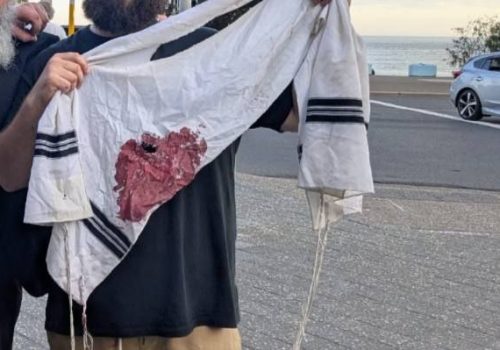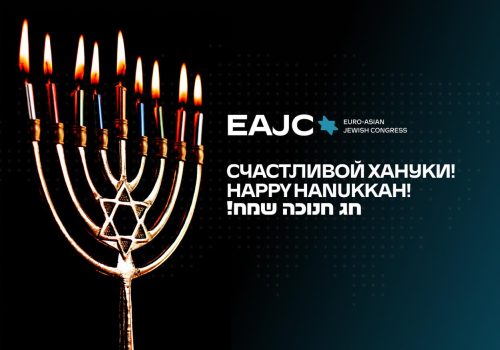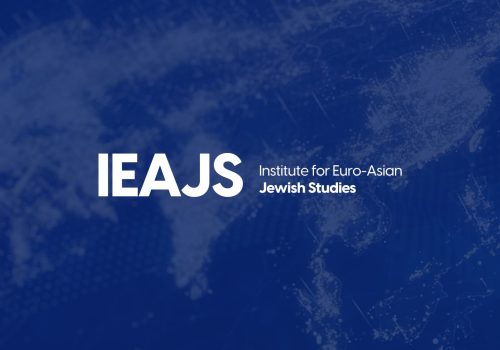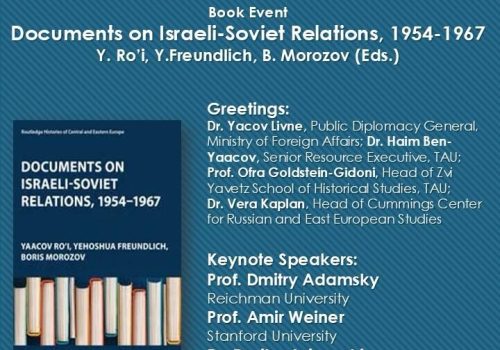- 03/07/2025
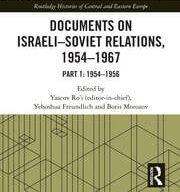
The UK-based academic publisher Routledge has released a four-volume series titled Documents on Israeli–Soviet Relations, 1954–1967, a joint scholarly project of the Israeli Ministry of Foreign Affairs and the Cummings Center for Russian and East European Studies at Tel Aviv University. The publication was prepared with the support of the Euro-Asian Jewish Congress (EAJC).
The collection was compiled by leading scholars in the field of international relations history, including Professor Yaacov Ro’i (Tel Aviv University), who served as the general editor of the project; Dr. Yehoshua Freundlich; and Dr. Boris Morozov, a research fellow at the Cummings Institute and a member of the academic board of the Institute for Euro-Asian Jewish Studies. The series is based on more than 600 archival documents from Israeli and Russian repositories, many of which are being published here for the first time. The new volumes continue a previous project covering the years 1941–1953, which was released in 2000.
The collection thoroughly examines the most dramatic and turbulent chapters in the history of Soviet-Israeli relations: from the reestablishment of diplomatic ties in the mid-1950s to the sharp deterioration during the Suez Crisis; from Cold War confrontations leading up to the Six-Day War to the severance of diplomatic relations in June 1967; from the struggle of Soviet Jews (refuseniks) for emigration to the emergence of global movements in their support. Particular attention is paid to the role of the Israeli embassy in Moscow and its connection with Soviet Jews, as well as to Israel’s place in Soviet Middle East policy.
This publication is a rare example of bilateral historical diplomacy: it includes materials from both the Israeli and Soviet sides, allowing readers to examine complex international processes in full context. As the editors note, the series highlights Israel’s unique position in Soviet foreign policy and the significant obstacles to productive dialogue posed by deep-rooted ideological differences—especially regarding the question of Soviet Jewry.
The authors extend their sincere appreciation to the Euro-Asian Jewish Congress, its President Dr. Michael Mirilashvili, and its Director General Dr. Haim Ben Yakov for their support and contribution to the realization of this publication.
The EAJC will continue to support academic research in the fields of Israeli history and Soviet Jewry, considering the preservation of cultural and historical heritage to be one of its core missions.
